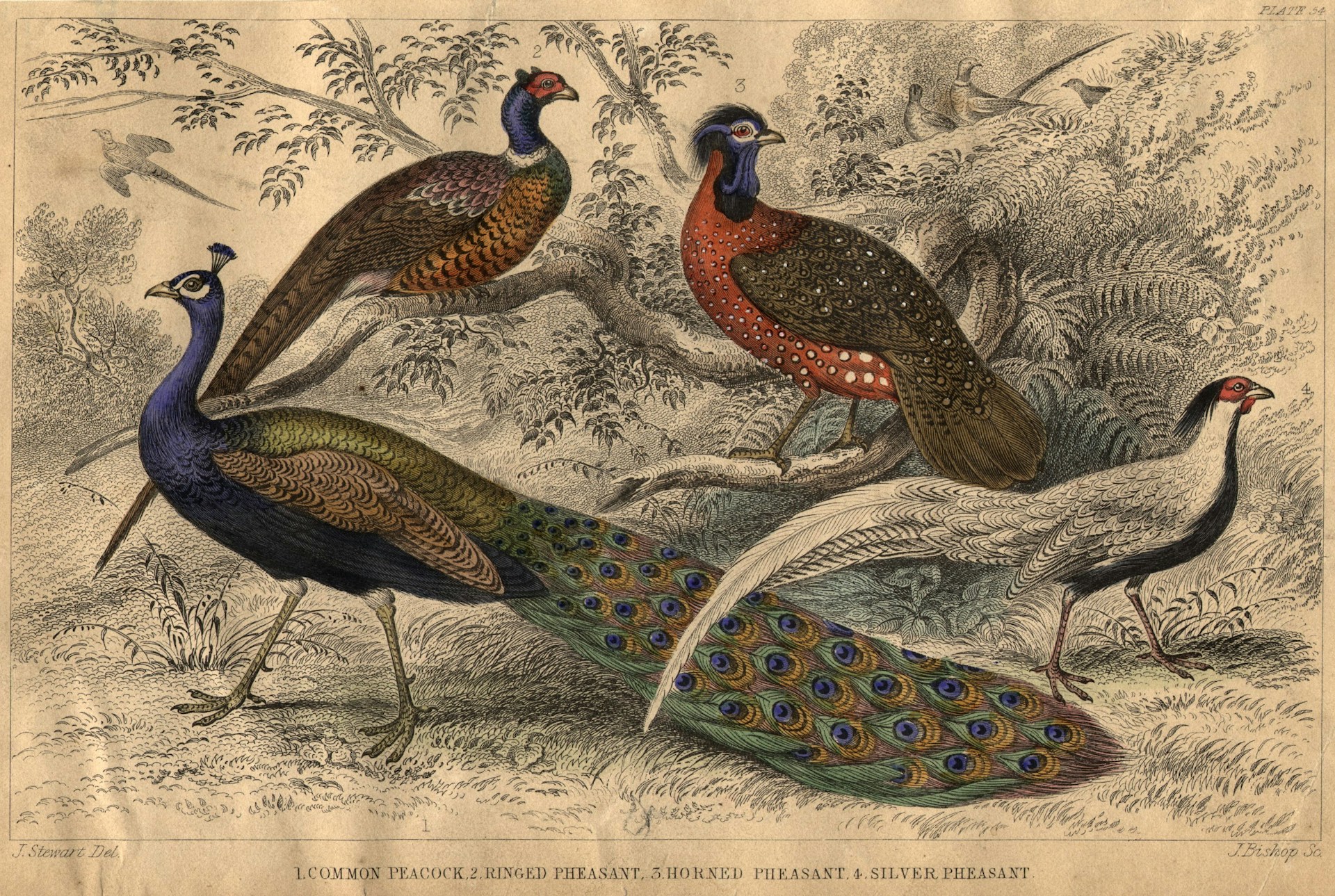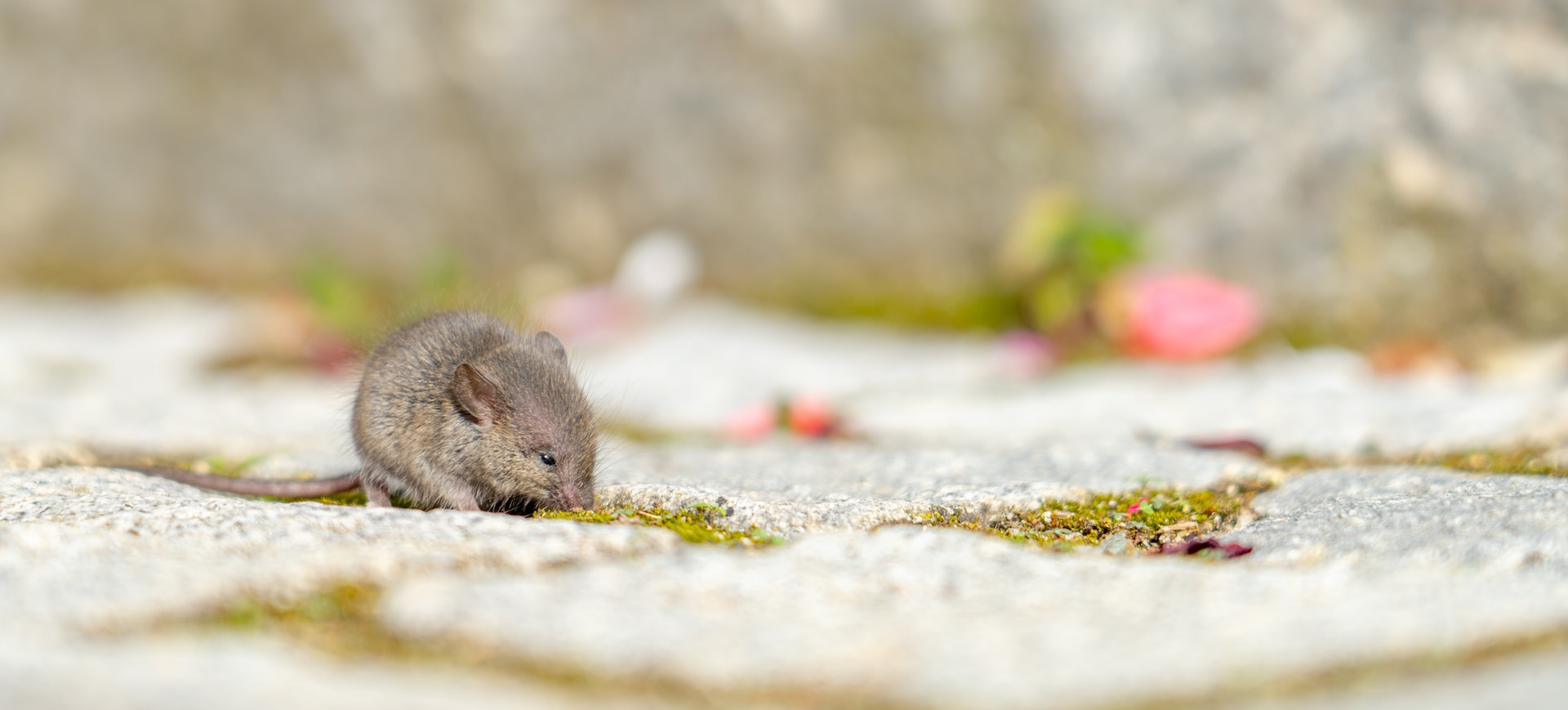Ancient Roman food might seem alien, but the Roman dinner table was a lot closer to the modern one than you might imagine. Goblets of wine, just-baked loaves of bread, protein-packed pulses and a whole selection of different cheeses featured at almost every meal, alongside the season’s toga styles and discussion of conspiracies in the Senate.
Among the upper echelons of Roman society, eating was more about status and ritual than it was about food. Eating lying down – the left hand supporting the head, the right picking at morsels chopped by slaves – as well as vomiting between courses was a way to show off one’s status in society life of leisure.
However, some ancient Roman recipes have fallen out of favor. From endangered poultry to extinct herbs, these are the most unusual ingredients used in the world of ancient Roman food
Garum
View this post on Instagram
Garum was a viscous sauce made from fermented fish intestines. It sounds too disgusting to be true, but it actually provided a lip-licking umami taste (just like oyster sauce does in many East Asian dishes today). The ancient Romans loved it so much, they put it on everything: it’s often referred to as ‘Roman ketchup’.
This ancient Roman cuisine staple was made across the Roman Empire, and came in many different grades. Jars of this stinky stuff are still being dug up by archaeologists from Pompeii to Israel.
If you’d like to sample the modern equivalent, buy a bottle of colaturi di alici, which is made from salted and fermented anchovies: the best stuff comes from the village of Cetara in Campania.
Read more: 7 history experiences to boost your knowledge of the ancient world
Silphium
Ancient Roman food is one of the most unique cuisines in the world, but how’s a potentially-extinct plant for a niche ingredient?
Silphium, a herb that looked like cow parsley with yellow blooms, was grown solely in the province of Cyrene in modern-day Libya. It was prized for its plethora of uses: as a perfume, a seasoning, a food and even a contraceptive. You could eat its stalks and roots, use the flower as a perfume, squeeze out its sap to flavor your dishes, or even drink its juice for its contraceptive properties. Julius Caesar himself kept a 1,500lb stash of silphium in the Treasury.
Today, however, silphium appears to have vanished – either eaten to extinction or cross-bred into modern Mediterranean herbs.
We think you’ll like: How to experience the slow food movement with Insight Vacations
Peacock

Big, blue, and beautiful: the peacock was the sacred animal of the Roman goddess Juno, who presided over love, marriage, and childbirth. That didn’t stop the ancient Romans from eating peafowl.
After it was introduced to Roman kitchens in about 35 BC, the peacock was considered an exotic food only the wealthy could afford. The preparation of the bird was as intricate as the creature itself: its plumage was removed and kept aside, then roasted whole, before being served as a centerpiece with its feathers stuck back onto its behind with honey.
Despite this elaborate presentation, it tasted rather like the humble chicken, so attracted much attention from culture critics: in his ‘Satyricon’, playwright Gaius Petronicus mocked the ostentation of the dish.
Discover this destination on: Best of Italy
Sow’s womb
Offal isn’t to everyone’s taste, but as meat was expensive, ancient Roman food made the most of all parts of the animal. Cue one of their favourite foods: the sterilized womb of a sow.
To get this elite dish to the dinner table, sows would need to be neutered before they reached piglet-bearing age (or kept separate from male pigs their entire life). This was to keep the womb’s rich taste and tender texture intact.
There were a number of ways to cook its womb: it could be salted and grilled for an upper-class barbecue, or according to the ancient cookbook De Re Coquinara, braised together with “pepper, celery seed, dry mint, laser root, honey, vinegar and broth”.
Eat like an Italian on food-centric The Best of Sicily tour
Dormice

Some fancy ancient Roman recipes involved dormice – there was no creature too big or too small to be cooked, provided it was delicious. Dormice were eaten in Italy even before Roman times, so the ancient Italians were masters at cooking them.
However, a dormouse dish was months in the making. The adorable little animals were put in terracotta pots called glirarium, which had air holes and a lid to drop nibbles into, such as nuts and acorns. The farmer would fatten them up slowly before selling them at market.
Once the dormouse was ready to eat, there were a variety of ways to serve it: either it could be roasted and dipped in honey, à la peacock, or stuffed with its own minced meat, selected spices and garum.
Read more: It All Comes Back to the Plate: Food’s Role in Understanding Culture
Parrot
Colorful of feather and clever in mind, the ancient Romans loved keeping parrots as pets and teaching them to talk (although if the owner found that conversation got boring, Pliny suggested in 77 AD that the parrot’s “tongue should be cut out”.)
Like other exotic birds, you could pluck it and roast it – using its vibrant feathers as a fashion or home accessory – or you could take those parrot tongues and turn them into a fricassée. Hundreds of parrots would need to be slaughtered for this dish, so it was only something the richest of the rich made to demonstrate their vast wealth.
Walk in the Romans’ footsteps on: Gems of Britain
Raisin Wine

Plenty of sweet ancient Roman recipes called for a dash of something special: raisin wine, known as ‘passum’. Passum was made with grapes that had been left on the vine to shrivel in the sun. It originally came from Carthage, but spread in popularity across the Empire: not least because drinking wine was taboo for Roman women, so they found other alcoholic alternatives.
Passum could be consumed as a drink or added into desserts, such as poached fruits. Passum’s descendants are still in use today: Italian white dessert wines such as Vin Santo provide a sumptuous modern alternative.
Uncover new knowledge about modern Italian food on our 10-day itinerary




